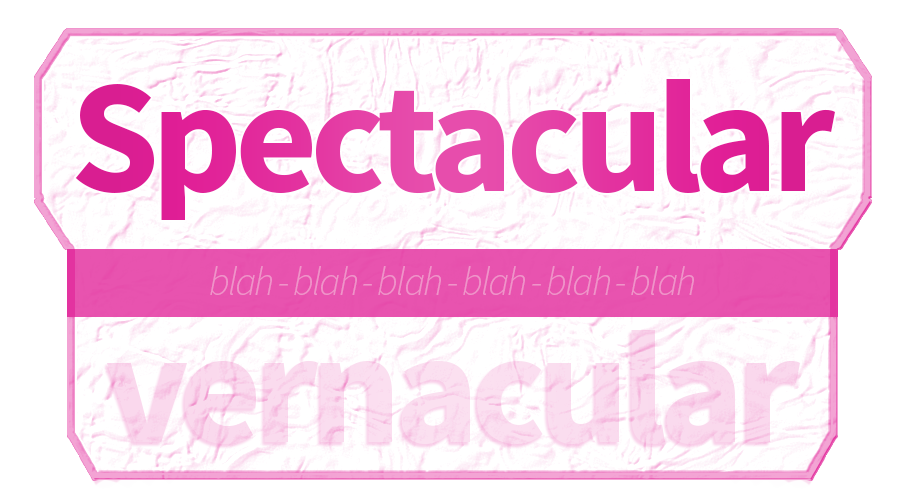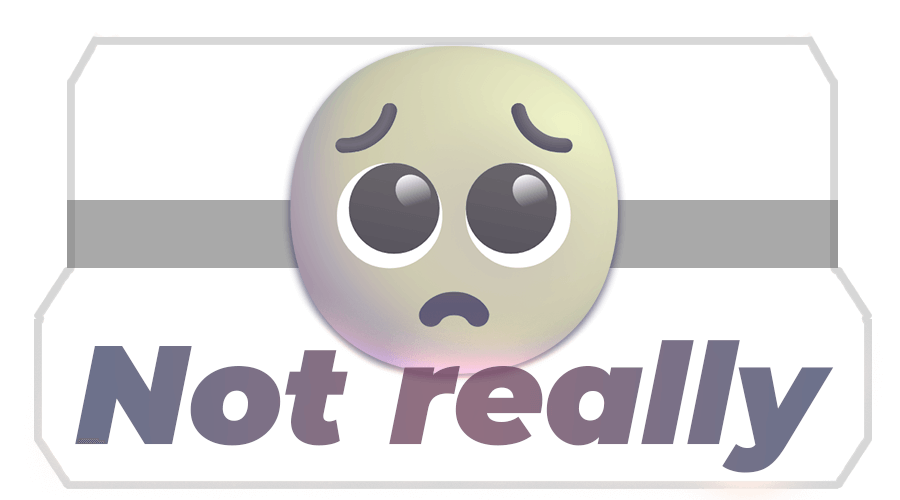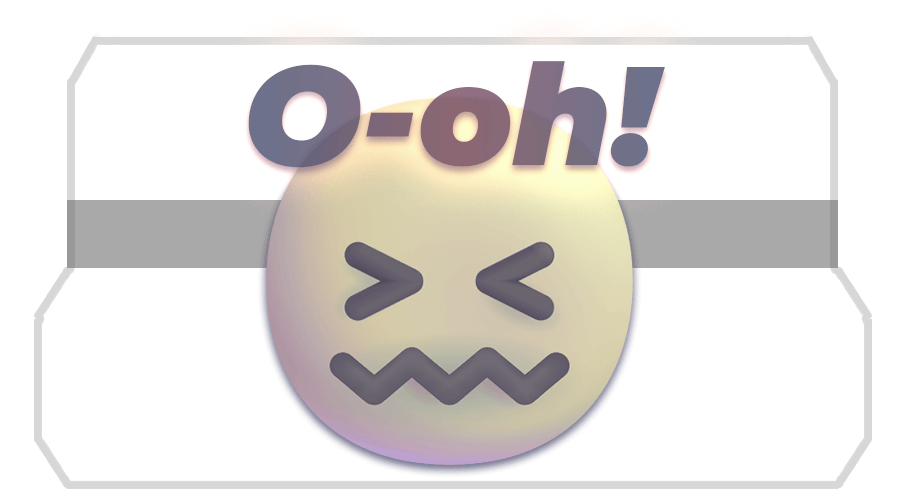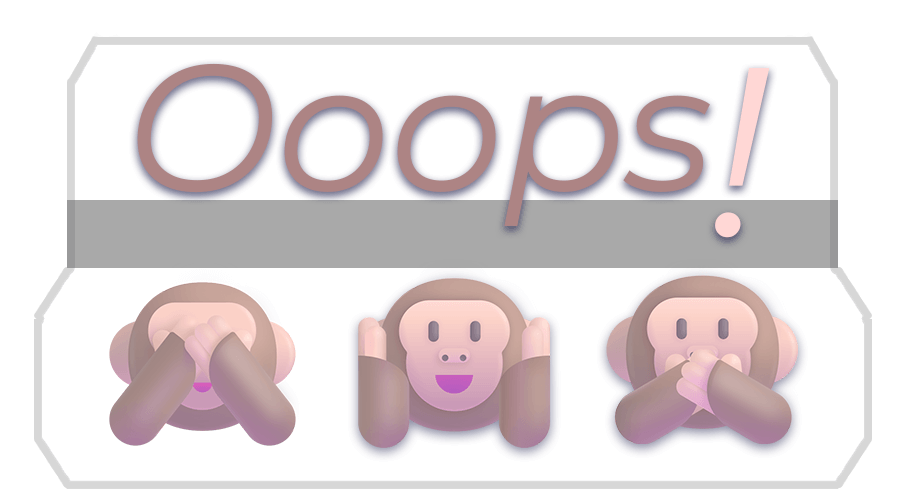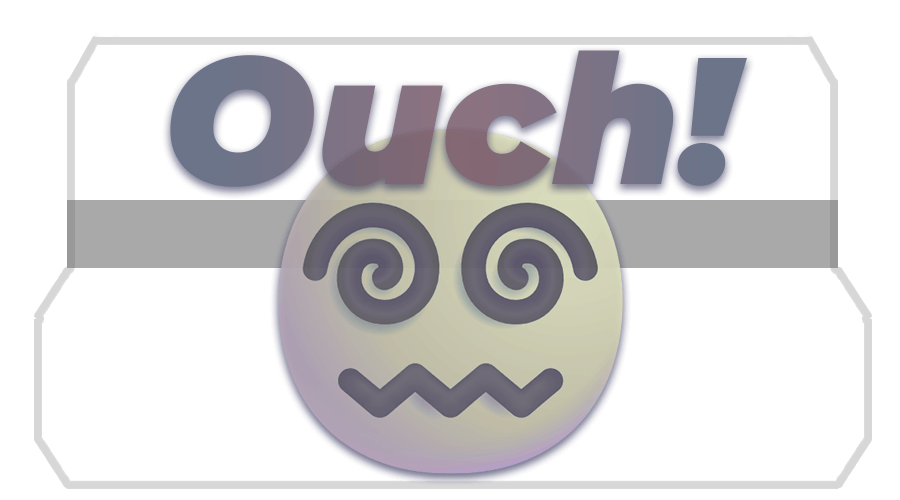The Universal Declaration of Human Rights (UDHR)
Human rights are rights inherent to all human beings, regardless of race, sex, nationality, ethnicity, language, religion, or any other status. Human rights include the right to life and liberty, freedom from slavery and torture, freedom of opinion and expression, the right to work and education, and many more. Everyone is entitled to these rights, without discrimination.
In 1948, the newly formed United Nations decided to put these rights in writing. Representatives from many countries met in Paris, France, and drafted the Universal Declaration of Human Rights (UDHR). The Declaration contains 30 articles explaining the rights inherent to all human beings. We have these rights simply by being human. The very first article of the Declaration says that all people are born equal. The second article says that no one should lose their rights because of characteristics like race, religion, language, or gender. The third article establishes life, liberty, and security at the most important examples of these rights.
The Universal Declaration of Human Rights (UDHR) is a milestone document in the history of human rights. Drafted by representatives with different legal and cultural backgrounds from all regions of the world, the Declaration was proclaimed by the United Nations General Assembly in Paris on 10 December 1948 by General Assembly resolution 217 A (III) as a common standard of achievements for all peoples and all nations. It sets out, for the first time, fundamental human rights to be universally protected. Since its adoption in 1948, the UDHR has been translated into more than 500 languages – the most translated document in the world – and has inspired the constitutions of many newly independent States and many new democracies. The UDHR, together with the International Covenant on Civil and Political Rights and its two Optional Protocols (on the complaints procedure and on the death penalty) and the International Covenant on Economic, Social and Cultural Rights and its Optional Protocol, form the so-called International Bill of Human Rights.
International human rights law lays down the obligations of Governments to act in certain ways or to refrain from certain acts, in order to promote and protect human rights and fundamental freedoms of individuals or groups. One of the great achievements of the United Nations is the creation of a comprehensive body of human rights law—a universal and internationally protected code to which all nations can subscribe and all people aspire. The United Nations has defined a broad range of internationally accepted rights, including civil, cultural, economic, political and social rights. It has also established mechanisms to promote and protect these rights and to assist states in carrying out their responsibilities. Since then, the United Nations has gradually expanded human rights law to encompass specific standards for women, children, persons with disabilities, minorities and other vulnerable groups, who now possess rights that protect them from discrimination that had long been common in many societies.
There are too many other rights to explain here, but they are all very important. One article forbids slavery. Others protect people from torture and from being arrested without evidence of a crime. Another article establishes the right to an education, and yet another, the right to medical care. The full Declaration has been translated into over 500 languages, and every single version is available on the internet for free. Just as there will always be individual people who break the law, there have always been countries that deny people their human rights. But by getting the world to come together and agree on which rights should always be protected, the United Nations set important goals for all countries to aspire to. This helps make the world a better, safer, and more just place for everyone.
Take a look at the human rights indicators.












